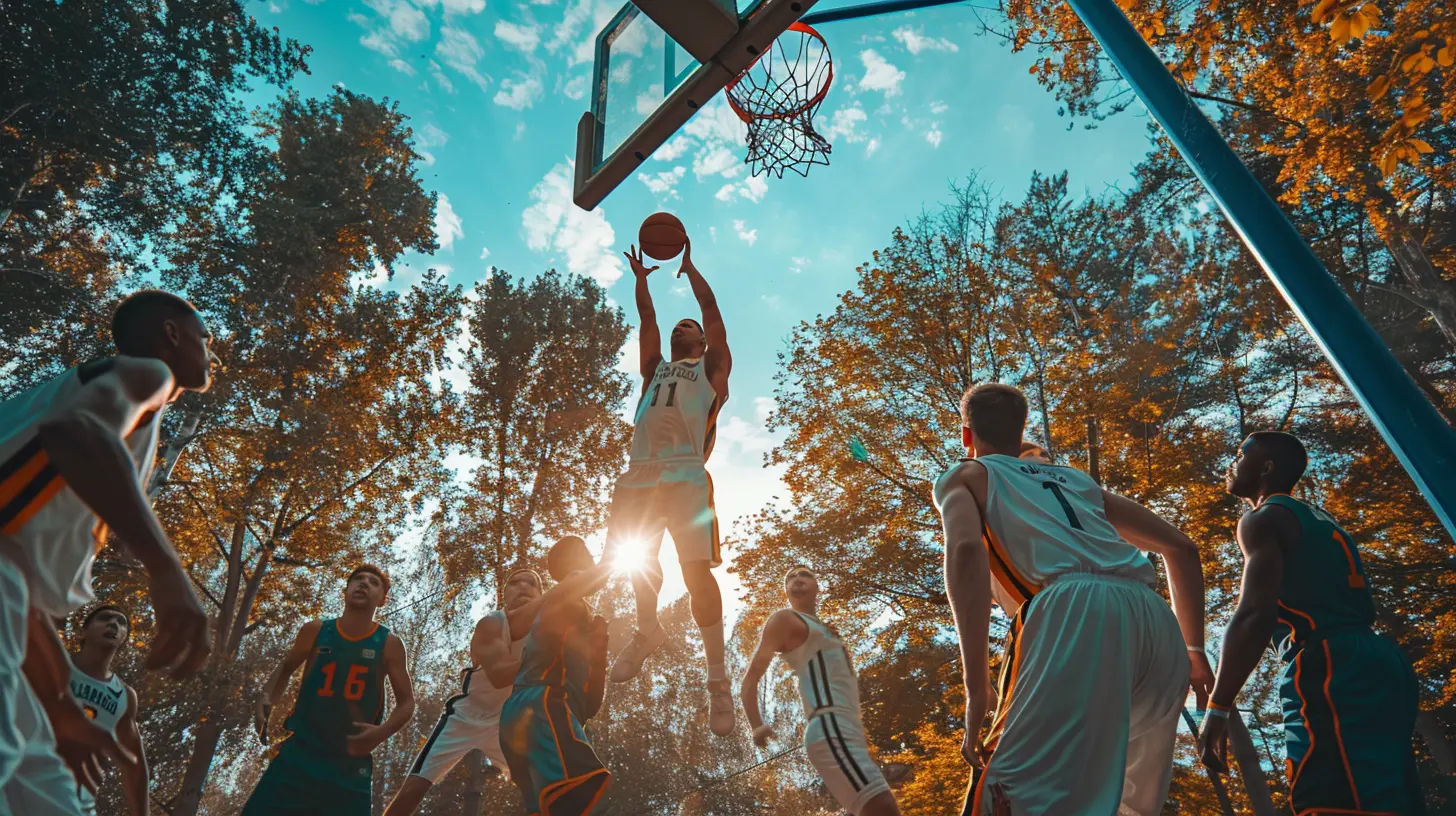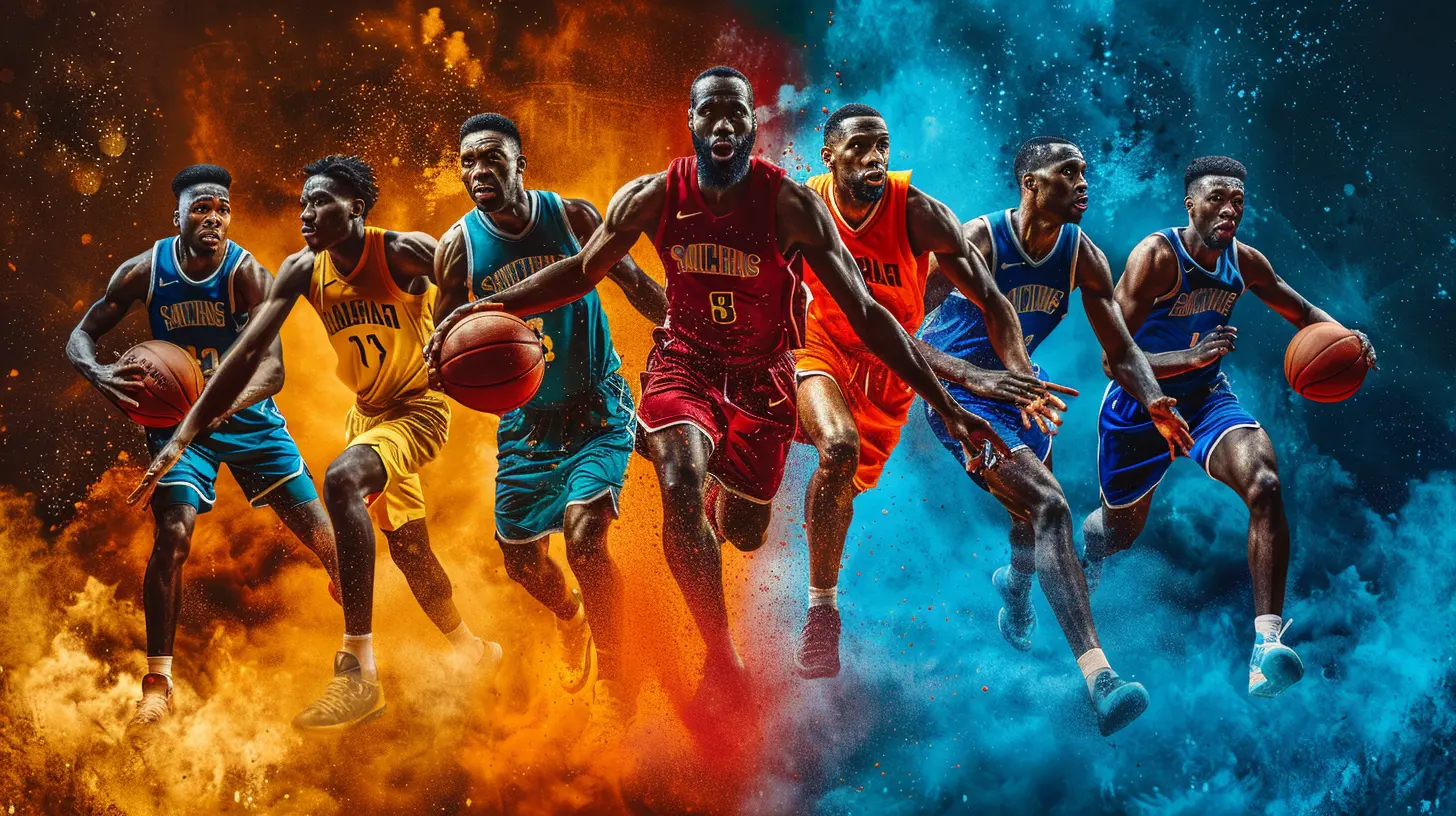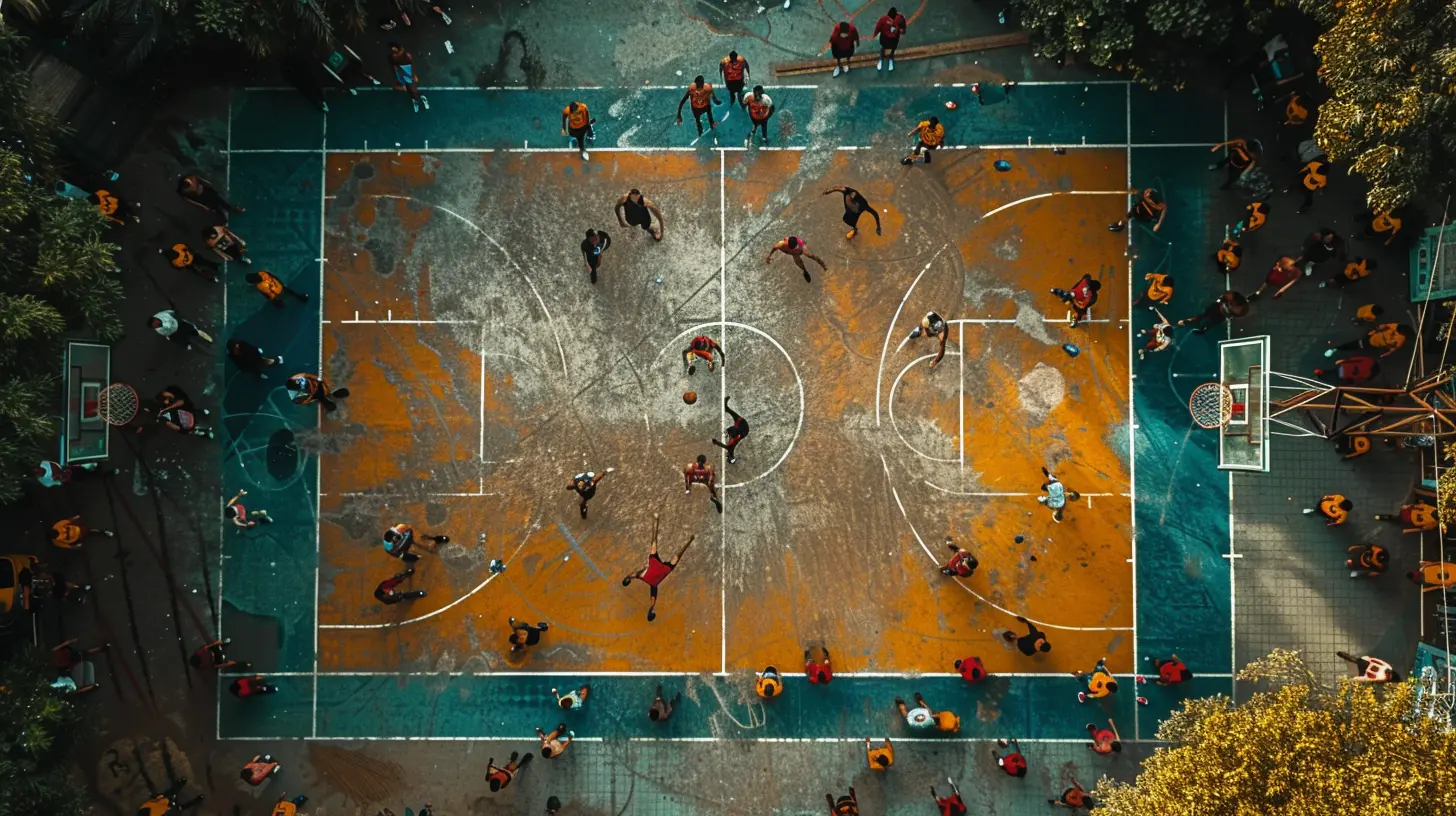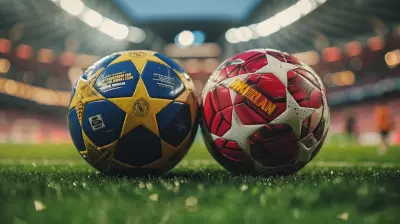How Shot Selection Impacts Your Teams Efficiency
16 November 2025
When it comes to winning games, we all know talent and hustle matter. Great athletes, tough defense, and smart plays are all crucial. But here’s the thing—none of it truly clicks unless your team understands one of the most underrated aspects of the game: SHOT SELECTION.
Yep, we’re diving into shot selection today. And trust me, it's a game-changer… literally. Whether you’re coaching a high school team, running a rec league squad, or analyzing NBA league trends, the choices your players make when it’s time to shoot can swing the scoreboard big time.
So, let’s break it all down—how smart or sloppy shot selection impacts your team’s offensive efficiency, and what you can do to tighten it up.
What Is Shot Selection, Really?
Before we get all deep and analytical, let’s get clear on what shot selection actually means.Shot selection is basically the decision-making process behind who takes a shot, where on the court they take it from, and when they choose to shoot. It’s not just about getting shots up—it's about getting the right shots at the right time by the right players.
Good shot selection means:
- Shooting from high-percentage areas (think paint or corner threes)
- Taking shots within the offensive rhythm
- Avoiding contested or forced shots
- Prioritizing the team’s best shooters
On the flip side, bad shot selection involves:
- Rushing shots early in the shot clock
- Jacking up contested jumpers
- Shooting outside your skill range
- Ignoring open teammates in better positions
It might seem simple, but let’s be real—emotion, ego, pressure, and pace can scramble a player’s shot IQ. That’s why coaches harp on it so much.
Why Shot Selection Is Crucial for Efficiency
Alright, you’re probably thinking, “Okay, I get it, but how does that really affect the team?” And I’m glad you asked.Efficiency in basketball is all about maximizing your chances of scoring on every possession. It’s measured in stats like field goal percentage (FG%), true shooting percentage (TS%), offensive rating, and points per possession. Now here's the twist—how your team chooses its shots directly affects all of those metrics.
Let’s look at a few key ways shot selection impacts efficiency:
1. High-Percentage Shots Boost FG% and TS%
Think about it—if your team focuses on taking shots near the basket or wide-open threes, odds are those shots are going in more often. High-percentage shots = higher shooting accuracy = better efficiency.For example:
- Layups and dunks have a 60-75% success rate
- Corner threes often hit at a 35-40% clip
- Mid-range jumpers? Usually 35-40%, but with more variance
So when one of your players settles for a mid-range contested pull-up instead of driving or swinging the ball to an open shooter, that decision alone could cost your team a bucket. Multiply that over a game—and boom, there's your margin of victory or defeat.
2. Poor Shot Selection Leads to Empty Possessions
Every bad shot is a wasted possession. That means no score, possible momentum shift, and often—fast-break opportunities for the other team.Quick stat: teams that force shots early in the shot clock when not in transition tend to have lower offensive ratings. Why? They're not breaking down the defense; they’re handing the ball back.
3. Good Shot Selection Sets Up Better Rebounding Opportunities
Ever notice how balanced offenses lead to better rebounding? That’s because when players take smart shots from good spots, their teammates are in position to box out or crash the boards.Now flip that. Bad shots from awkward angles lead to long rebounds, which favor the defense and make it harder for your guys to reset and recover. You're not just blowing your shot—you’re handing the other team control.
The Analytics Behind Shot Quality
Let’s talk numbers without sounding like a stat geek.Modern basketball has gone deep into analytics, and one term that keeps popping up is Expected Points Per Shot (EPPS). Sounds fancy, but it’s simple:
> EPPS = Shot type x shooting percentage x point value of that shot
So if a player takes a wide-open three and has a 40% success rate, the EPPS would be:
0.4 (percentage) x 3 (points) = 1.2 points per shot
Now take a fadeaway jumper from 18 feet with a 35% accuracy:
0.35 x 2 = 0.7 points per shot
Big difference, right? Even if both shots “look” okay, one is nearly twice as efficient.
When teams focus on creating high-EPPS shots—like open threes, catch-and-shoot looks, and shots at the rim—their offensive rating goes through the roof. That’s no accident.
How It Affects Game Flow and Player Morale
Here's the part many coaches miss—even if you’re getting decent looks, who takes the shot matters almost as much as when and where. And it affects more than just the scoreboard.Role Clarity Builds Chemistry
When players know their roles—who’s the shooter, who creates, who cleans up—they buy in. They trust the process. That eliminates selfish ball movement and encourages smarter passes to the right guy in the right spot.Bad Shots Create Frustration
One guy over-dribbles and chucks a contested shot? That kills rhythm and frustrates teammates.Nothing stops momentum like a heat-check from the wrong shooter. You’ve felt it. The groan from the bench. The roll of the eyes. The drop in energy when the D doesn’t even have to work.
Smart Shot Selection Keeps Defenses Honest
A defense that knows your team only hunts quality shots has to stay engaged. It can’t gamble. It can’t overplay. That opens up spacing, cuts, and movement. When you're disciplined, you force the defense to respect every option.That’s how you wear teams down—not just physically, but mentally.
Common Shot Selection Mistakes Teams Make
Let’s call out the common culprits that sabotage offensive flow. If you see these in your team, it’s time for a huddle:1. Settling for Early Jumpers
You’ve got 24 seconds (or 35, or 30 depending on league)—use them! Unless you’ve got a clean transition look, there's no reason to rush a shot 5 seconds in.2. Over-Isolation
Trust me, unless your player is named Luka Doncic, too much iso leads to forced shots. Basketball is a team sport for a reason—move the rock.3. Shooting Out of Rhythm
A player gets the ball, thinks about it, jab steps, takes one dribble, pauses... then shoots? That’s a low-efficiency attempt. Rhythm matters more than people think.4. Ignoring Matchups
Got a smaller defender on your big man? Feed the post. Doubling your shooter? Make the extra pass. Taking the right shot often means exploiting mismatches.How Coaches Can Improve Shot Selection
Coaches, this part’s for you. You can actually train better shot selection—it’s not just instinct or talent.Educate with Film
Show players examples of good vs. bad shots. Break down possessions. Let them see how shot choices affect outcomes.Set Shot Hierarchies
Everyone wants to be Steph Curry. But not everyone should have the green light. Stay honest and create a clear pecking order.Reward the Extra Pass
Make unselfish play part of your team DNA. Reward guys who skip a good shot for a great one.Build Situational Awareness
Teach players how to read game flow—time, score, shot clock, momentum. Shot selection often depends on situational context.Final Thoughts: Make Every Shot Count
Look, choosing the right shot doesn’t always guarantee a make—but it sets the odds in your favor. It’s like playing poker with a great hand every time. You’re not always going to win, but your chances skyrocket.If your team starts seeing shot selection as an extension of strategy—not just skill—efficiency will follow. Lower turnovers, higher FG%, better flow, stronger chemistry... all that good stuff trickles down from smarter choices.
So next time you’re breaking down game film or running practice drills, pause and ask: “Was this a good shot?” If the answer isn’t a clear yes, it’s time for a mindset shift. Because the scoreboard doesn’t lie.
all images in this post were generated using AI tools
Category:
BasketballAuthor:

Easton Simmons
Discussion
rate this article
1 comments
Chantal Duke
Great insights! Smart shot selection truly boosts team efficiency! 🎉🏀
November 16, 2025 at 4:45 AM


